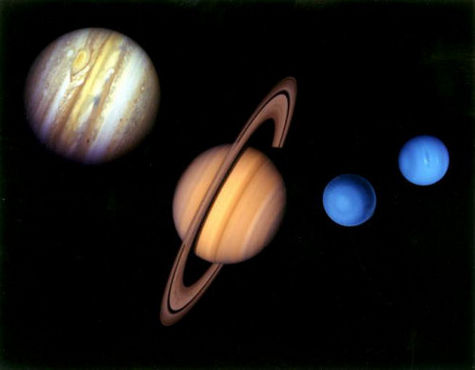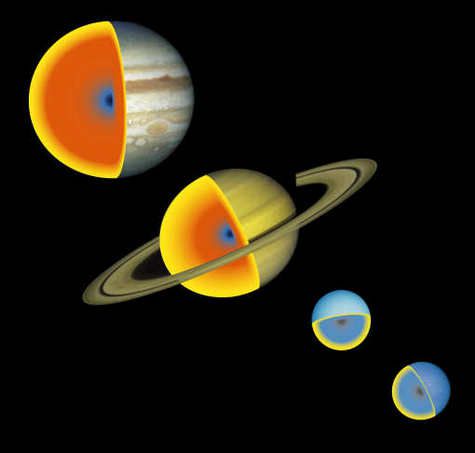-
 Insulin
Insulin
-
 Arp's loop
Arp's loop
-
 Flight feathers
Flight feathers
-
 Leucocratic
Leucocratic
-
 Germicide
Germicide
-
 Pigmentary
Pigmentary
-
 Telescope
Telescope
-
 Potato
Potato
-
 Terminator
Terminator
-
 Ribosome
Ribosome
-
 Token
Token
-
 W3C
W3C
-
 Nucleolinus
Nucleolinus
-
 Freon
Freon
-
 Retreading
Retreading
-
 Clitoris
Clitoris
-
 Hysteroscopy
Hysteroscopy
-
 Metapopulation
Metapopulation
-
 Storable propellant stage.
Storable propellant stage.
-
 Stereoisomer
Stereoisomer
-
 Hour circle of a direction
Hour circle of a direction
-
 Riemann surface
Riemann surface
-
 Wolf, Max
Wolf, Max
-
 SARS-CoV
SARS-CoV
-
 Partition
Partition
-
 Lagoon
Lagoon
-
 Top quark
Top quark
-
 Hydraulic fracture
Hydraulic fracture
-
 Addiction
Addiction
-
 XMP
XMP
Gas giant
Gas giants are massive, low density planets composed essentially of hydrogen and helium with traces of methane, water and ammonia. They were first observed in the solar system, and now about 200 around other stars in the galaxy are known. They are sometimes called Jovian planets after the planet Jupiter.

Comparative sizes of the gas giants in the solar system (Credit: NASA).
In the middle of the 1990s, the big surprise about these exoplanets was that they orbit at only around 10 million kilometres from their star! Unlike those in the solar system of which the temperature is well below zero, the temperature of these exceeds that of Mercury. For this reason they are called hot Jupiters.
It is thought that all these planets contain a small rocky or metallic core enveloped in solid layers, then liquid layers, then hydrogen and helium.
 Inside gas giants The ice and rock are shown in blue and black respectively. In red, yellow molecular hydrogen becomes metallic under the pressure. Possible models deduced from observations by space probes.
(Credit: Tristan Gui
Inside gas giants The ice and rock are shown in blue and black respectively. In red, yellow molecular hydrogen becomes metallic under the pressure. Possible models deduced from observations by space probes.
(Credit: Tristan Gui
Latest
Fill out my online form.



